Mantua the city of pumpkin
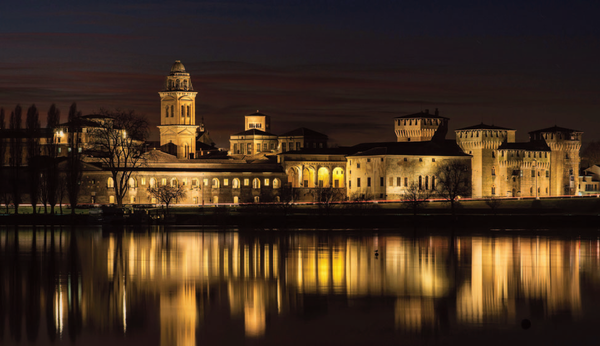
[아츠앤컬쳐] 초겨울에 이탈리아 요리에서 가장 많이 쓰이는 채소 중 하나는 호박이다. 만토바는 아름다운 문화뿐만 아니라 이른바 호박의 도시로도 유명하다. 롬바르디아 남부에 위치한 만토바는 세계문화유산에 등재된 도시인데, ‘로미오와 줄리엣’으로 잘 알려진 베로나에서 매우 가까우며 르네상스시대에 가장 중요한 문화 거점 중 하나이다.
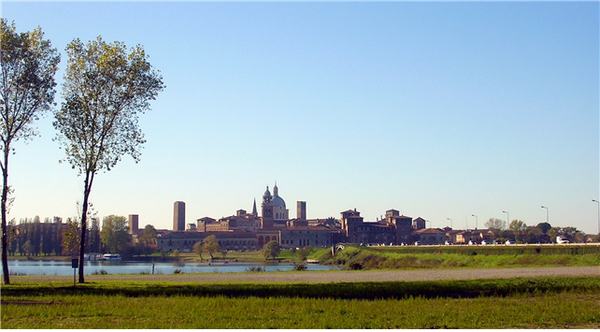
400여 년간 도시를 지배했던 강력하고 부유한 곤자가 가문의 권위와 영향력 아래, 당시에 세워진 유명한 건물이 아직도 많이 남아 있다. 오늘날에도 정기적으로 공연되는 작곡가 클라우디오 몬테베르디의 초기 오페라 오르페오(1607)를 초연했던 곳이기도 하다.
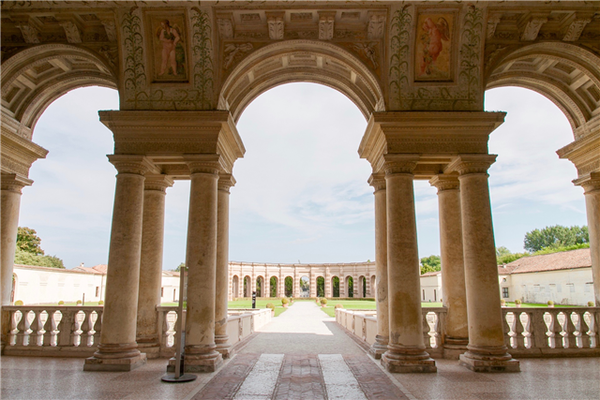
곤자가는 당대의 최고 예술가와 함께 도시를 디자인했다. 도심 바로 외곽의 테 궁전은 건축가 줄리오 로마노가 여름별장으로 지은 것인데, 그는 라파엘로의 주요 후계자이자 마니에리즘 양식의 창시자 중 하나로 르네상스를 대표하는 화가 겸 건축가였다. 루도비코 2세는 위대한 화가 안드레아 만테냐에게 두칼레 궁전에 그의 왕조를 축하하기 위한 프레스코화를 의뢰했다. 9년 만에 공개된 ‘신혼의 방'은 그 도시를 방문할 만한 가치가 있는 진정한 걸작으로 꼽힌다.
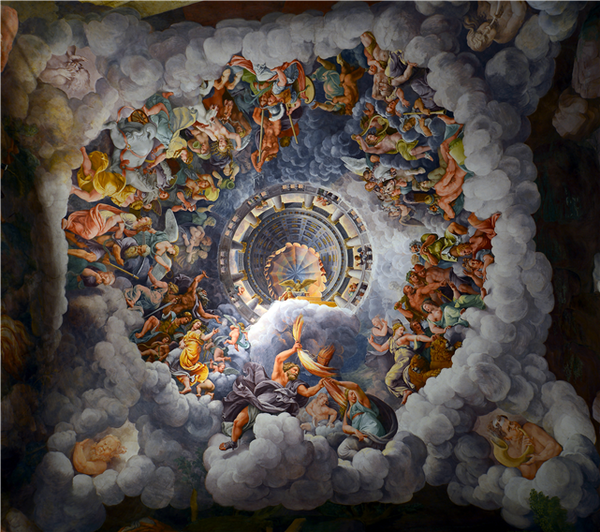
찬란한 문화와 함께 유명한 만토바의 호박을 알아보자. 키오지아 해안에서부터 아메리카나와 비올리노에 이르기까지 이탈리아 각지에서 많은 호박 품종이 재배되고 있지만, 그 중 카펠로 델 프레테(사제의 모자)라고 불리는 만토바 호박이 가장 특별하다.
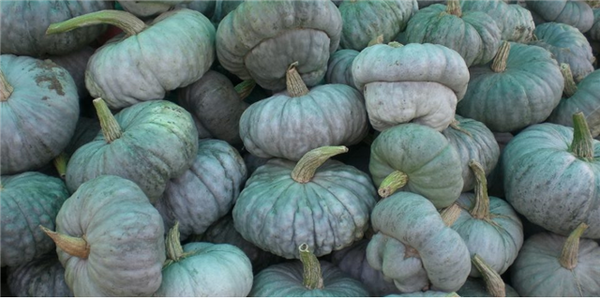
이 카펠로 델 프레테(대형 조롱박)는 다른 호박들과 달리 터번 모양을 하고, 회색빛이 도는 초록색 껍질에 싸여, 속이 달콤한 오렌지색으로 가득하며, 크기가 다양하고 무게는 1~5kg까지 나간다. 칼로리가 낮고 수분 함량이 94%인 것은 다른 호박 품종과 같으며, 칼륨과 마그네슘, 비타민이 아주 풍부하다. 호박은 만토바 전통요리의 핵심 재료이며, 다양한 쓰임새로 인기가 높아 맛있는 호박 라비올리 등 여러 요리가 만들어진다. 초겨울에 호박은 주방의 주인공인데, 호박 속은 사용이 간편하여 향긋하고 달콤한 요리에 모두 쓰인다.
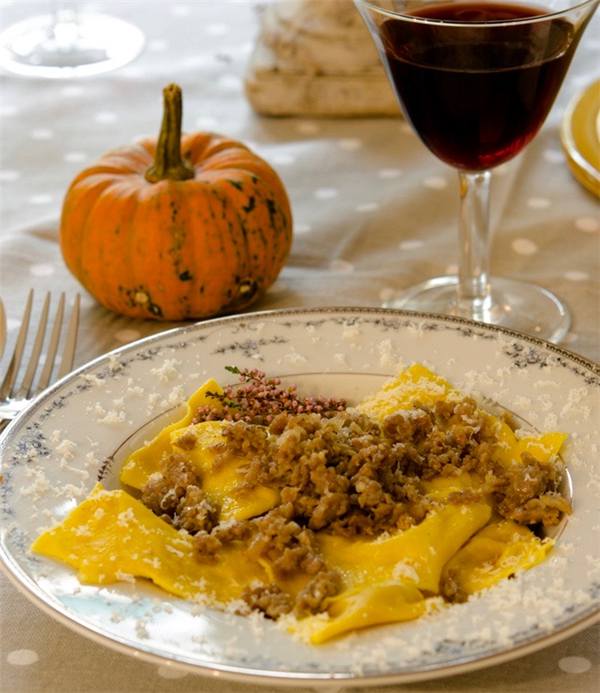
게다가 호박은 속살, 꽃, 잎과 씨앗까지 모든 부분을 먹을 수 있다. 호박 토르텔리나 라비올리는 만토바의 곤자가, 페라라의 에스테 같은 큰 가문과 관련된 역사가 있다. 이 유력 가문들은 식탁에서의 환대를 이용해 그들의 파워를 보여주었는데, 이미 1475년에 곤자가 궁정의 교사 바르톨로메오 사키가 향신료를 쓰지 않는 건강식품의 세계를 열은 바 있다.
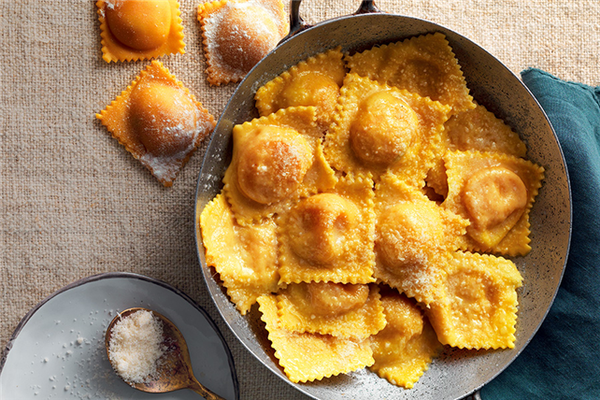
달콤한 향이 나는 호박은 고르곤졸라, 브리 치즈와 같이 고지방이나 리코타 등 치즈와 함께 사용하기에 이상적인 재료다. 그래서 훈제 연어, 절인 대구, 연체류와 같은 강한 향의 생선과 함께하거나, 스튜와 냉채 등의 맛있는 고기 요리와 함께하는 식으로 쓰인다. 12월은 관광객이 만토바 호박으로 만든 음식을 맛보기에 가장 좋은 시기이며, 이 무렵 만토바는 환상적인 분위기에 감싸인다.
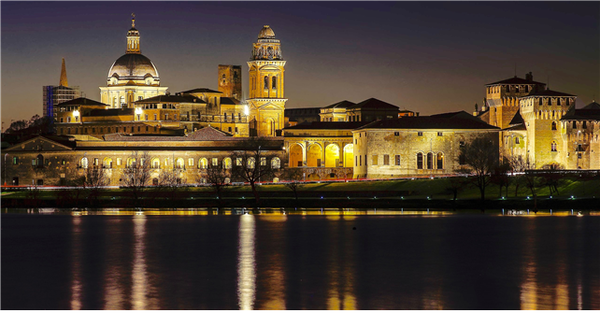
Mantua the city of pumpkin
We are in winter, and one of the favorite vegetables in Italian cuisine in early winter is pumpkin. Today we speak of a famous town not only for its culture and beauty, but also because it is famous like the “city of the pumpkin”. Mantua is a world heritage listed city in south Lombardy, very close to Verona, the city of Romeo and Juliet, the town was considered one of the most important cultural cities in the Renaissance and it still maintains a lot of the buildings that made it famous during that period, because of the power and influence of the Gonzaga family, one of the most rich and powerful family, which used to own the city for over 400 years. It was also the city where the composer Claudio Monteverdi premiered his opera L'Orfeo (1607), the earliest opera that is still regularly performed today.
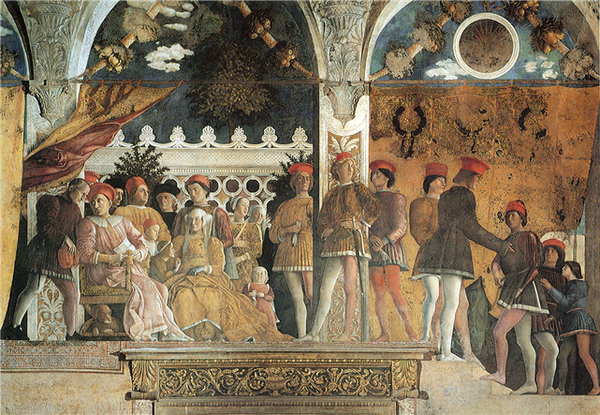
The Gonzaga designed the city together with some of the greatest artist at the time. Palazzo Te, just outside the city center, was the leisurely estate signed by architect Giulio Romano, one of the most important painter and architect from Renaissances, the principal heir of Raphael, and one of the initiators of the Mannerist style. To the great painter Andrea Mantegna, Ludovico II commissioned a fresco within the Palazzo Ducale to celebrate his dynasty. The Camera degli Sposi was unveiled 9 years later and remains a true masterpiece worth a visit to the city alone.
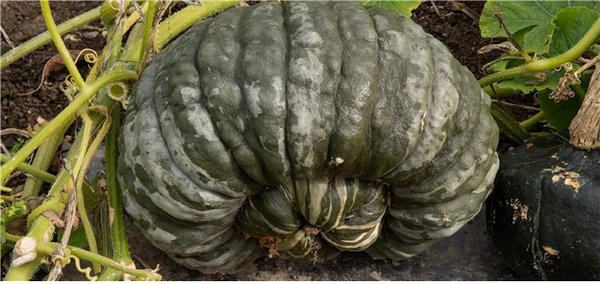
Mantua is famous not only for its glorious culture, but also for its pumpkin. It has a greyish green peel and is shaped like a turban. An orange, compact pulp and a sweet flavour. Of course, we are referring to the Mantua pumpkin which belongs to the large vegetable family which lends itself to so many different recipes and is endowed with a great symbolic value.
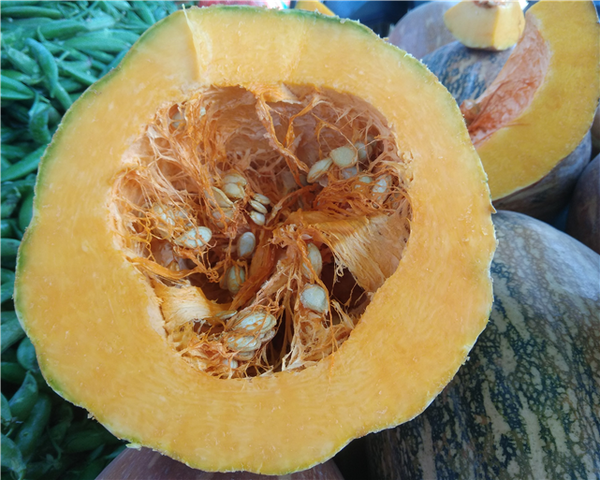
But what is Mantua Pumpkin? Many pumpkin cultivars are grown in various parts of Italy, from the Marina of Chioggia to the Americana and the Violino, but the most characteristic is that of Mantua, called Cappello del Prete (The Priest’s hat). You may be wondering how the Cappello del Prete (Cucurbita Maxima) differs from other pumpkins. First and foremost, it is characterized by a turban shape and a sweet pulp. It may vary in size and weigh from 1 to 5 kilograms. Like all other varieties, this pumpkin is low in calories and has a 94% water content but is rich in potassium, magnesium and vitamins. Pumpkin is a key ingredient in Mantua's traditional cuisine. Highly popular for its versatility, it is used as a base for many dishes (such as the delicious pumpkin ravioli).

In early winter, the pumpkin is the protagonist in the kitchen, when its pulp is used in both savory and sweet dishes, thanks to its ease of use. What's more, every part of the plant is edible: the pulp, the flowers, the leaves and seeds. Pumpkin Tortelli or Ravioli have an history connected to the great families as Este of Ferrara, the Gonzaga of Mantua.

These important families showed their power through the hospitality at the table too and already in 1475 the pro-rector Bartolomeo Sacchi the Court of Gonzaga opened the season of the manuals of Healthy food without spices. Its sweet aromatic flavour makes pumpkin an ideal ingredient to use in combination with fatty cheeses, such as Gorgonzola and Brie cheese, or spreading cheese like Ricotta cheese; with assertively flavoured fish like smoked salmon, salt cod and molluscs; with tasty meat dishes such as stews and cold cuts. The best time for a tourist to test this food is in December, and Mantua in this month has a magical atmosphere.
글 | 로베르토 파시 Basera Roberto Pasi

